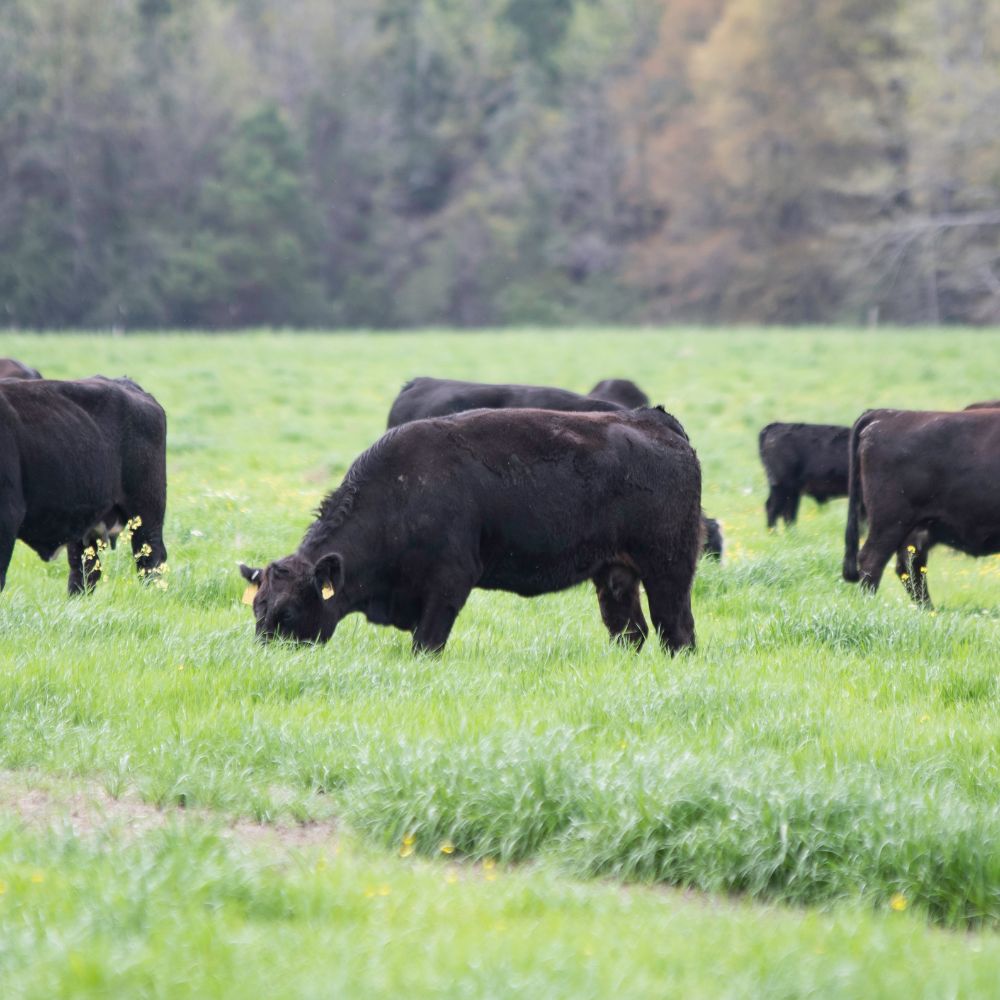Opening Development Prospective: Bagley Risk Management Approaches
Key Elements to Think About When Deciding On Animals Danger Security (LRP) Insurance Policy
When reviewing choices for Livestock Threat Protection (LRP) insurance coverage, a number of vital factors warrant careful factor to consider to ensure effective threat monitoring in the farming market. Selecting the ideal protection choices tailored to your specific animals operation is critical, as is understanding how exceptional prices correlate with the level of defense supplied. Additionally, the qualification standards for different types of animals and the adaptability of the policy to adapt to altering situations are important elements to consider. The performance and transparency of the insurance claims process can significantly affect the overall experience and economic results for animals producers. By strategically navigating these critical variables, producers can safeguard their financial investments and reduce potential threats effectively.
Coverage Options
When taking into consideration Animals Danger Security (LRP) insurance policy, it is important to understand the various coverage alternatives readily available to minimize threats in the agricultural industry. Livestock Risk Defense (LRP) insurance policy uses different coverage alternatives customized to fulfill the diverse needs of animals manufacturers.
One more important coverage alternative is the recommendation duration, which establishes the length of time the coverage is in result. Manufacturers can choose the endorsement duration that ideal matches their manufacturing cycle and market problems. Furthermore, coverage degrees and rates differ based on the sort of livestock being guaranteed, providing manufacturers the versatility to customize their insurance policy prepares according to their specific needs.
Recognizing the different insurance coverage choices readily available under Livestock Threat Security (LRP) insurance policy is vital for manufacturers to make informed choices that effectively shield their livestock procedures from market uncertainties.
Premium Prices

Livestock Risk Security (LRP) insurance policy supplies necessary protection choices tailored to minimize threats in the agricultural industry, with a significant facet to think about being the computation and structure of premium prices. These include the type and number of livestock being guaranteed, the protection degree chosen, the existing market rates, historical price information, and the length of the coverage duration.
Insurance providers assess historical data on livestock costs and manufacturing costs to identify an appropriate costs that mirrors the degree of risk involved. It is necessary for animals manufacturers to carefully evaluate premium prices and coverage choices to ensure they are appropriately protected against potential monetary losses due to negative market problems or unexpected occasions.
Eligible Animals
The resolution of qualified livestock for Livestock Threat Security (LRP) insurance protection includes mindful factor to consider of certain requirements and attributes. Livestock types that are typically qualified for LRP insurance coverage consist of feeder cattle, fed cattle, swine, and lambs.
Feeder livestock, as an example, are typically eligible for LRP insurance coverage if they fall within specified weight varieties. Fed cattle might also be qualified, however they need to satisfy certain weight and top quality grade requirements. Swine eligible for click here for more protection typically consist of market weight pets meant for massacre. Lambs are one more category of livestock that can be thought about for LRP insurance, with aspects such as weight and age playing a vital role in establishing their eligibility.
Prior to choosing LRP insurance for livestock, manufacturers need to thoroughly examine the qualification criteria detailed by the insurance policy carrier to ensure their animals satisfy the essential requirements for coverage.
Policy Versatility
Policy adaptability in Livestock Danger Security (LRP) insurance policy allows manufacturers to tailor protection to fit their certain demands and take the chance of management techniques. This adaptability encourages livestock producers to customize their insurance policies based on factors such as the kind of animals they have, market problems, and individual risk resistance degrees. By providing customizable choices, LRP insurance policy makes it possible for manufacturers to efficiently manage their risk exposure while protecting their animals operations against unforeseen market volatility.
Claims Process
Upon experiencing a loss or damages, producers can start the insurance claims procedure for their Animals Threat Protection (LRP) insurance policy by immediately contacting their insurance company. It is essential for manufacturers to report the loss immediately to quicken the cases procedure. When getting to out to the insurance company, producers will certainly need to supply detailed info regarding the occurrence, consisting of the date, nature of the loss, and any kind of relevant documents such as vet records or market rates.

After the evaluation is complete, the insurance coverage company will decide pertaining to the insurance claim and connect the result to the manufacturer. The producer will receive settlement according to the terms of their Animals Risk Protection (LRP) insurance browse around here coverage plan if the insurance claim is approved. It is vital for producers to be aware of the cases procedure to make sure a smooth experience in case of a loss

Conclusion
Finally, when choosing Livestock Danger Defense (LRP) insurance, it is necessary to think about coverage choices, premium costs, qualified animals, policy adaptability, and the claims procedure. These vital elements will assist make certain that farmers and breeders are adequately safeguarded against prospective threats and losses associated with their livestock procedures. Making an educated decision based on these factors to consider can inevitably bring about better financial security and peace of mind for animals producers.
Animals Risk Defense (LRP) insurance coverage provides different insurance coverage options tailored to meet the diverse requirements of livestock manufacturers.The determination of eligible animals for Animals Danger Protection (LRP) insurance protection entails careful factor to consider of particular criteria and characteristics.Plan adaptability in Livestock Risk Security (LRP) insurance policy enables producers to tailor insurance coverage to suit their certain needs and risk administration methods.Upon experiencing a loss or damages, manufacturers can launch the claims process for their Livestock Risk Protection (LRP) insurance coverage by without delay contacting their insurance carrier.In conclusion, when picking Animals Danger Security (LRP) insurance coverage, it is necessary to think about protection alternatives, premium costs, qualified animals, plan adaptability, and the cases procedure.